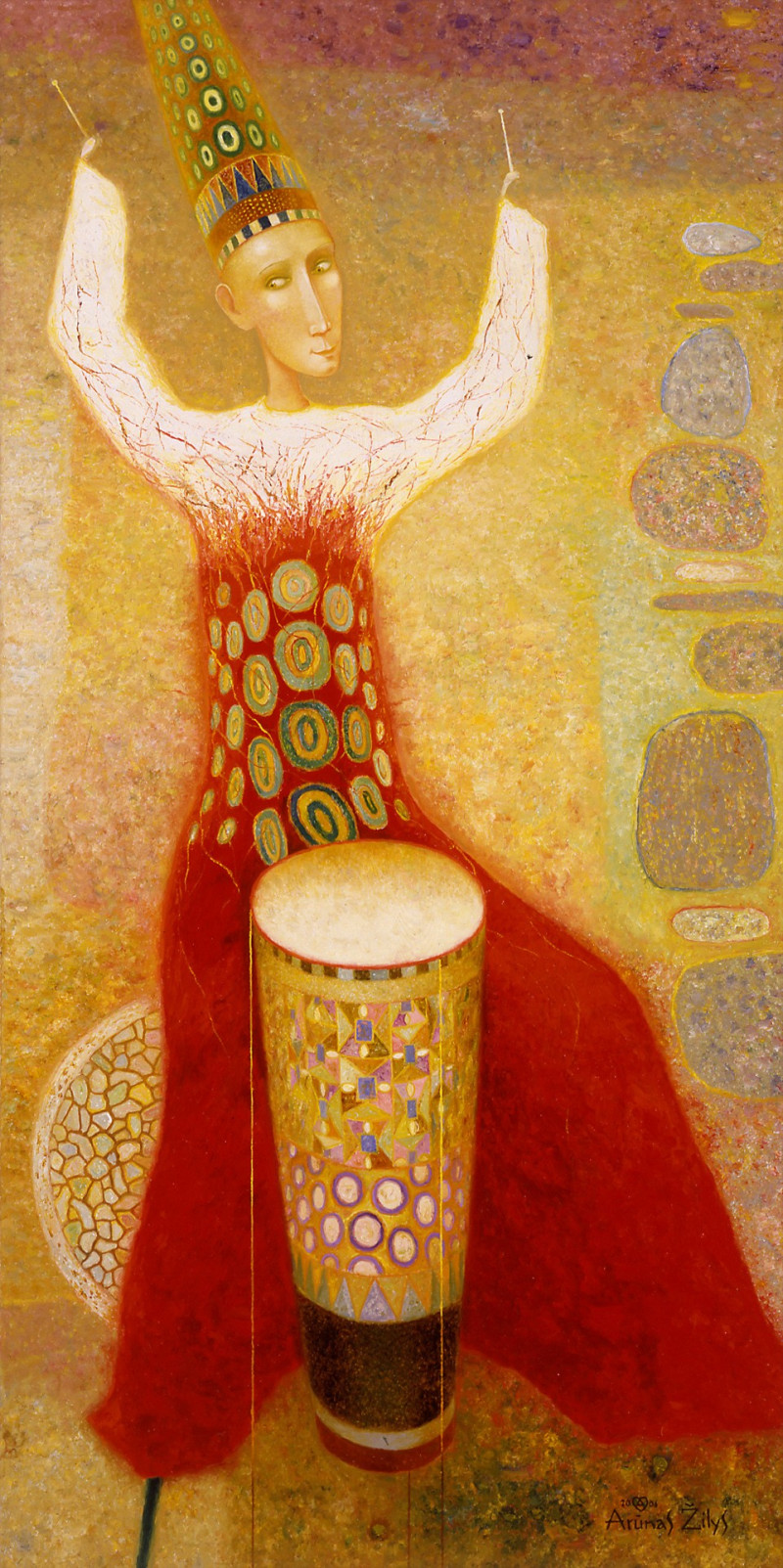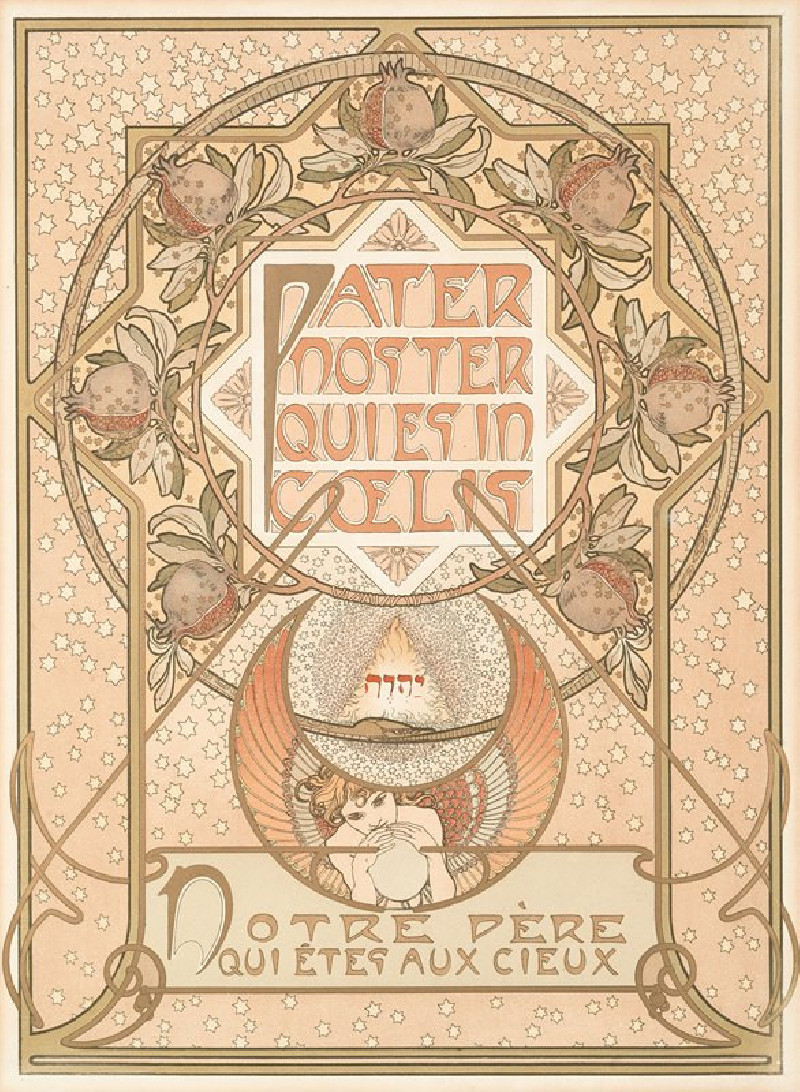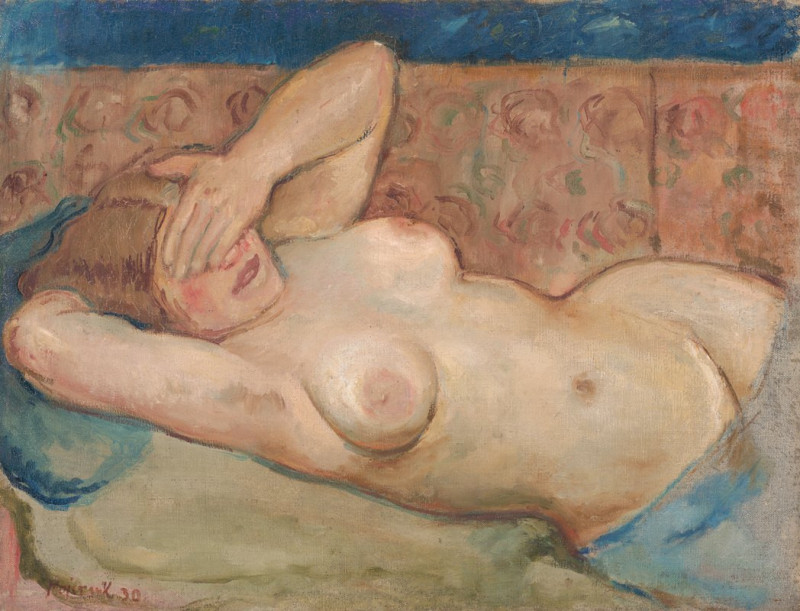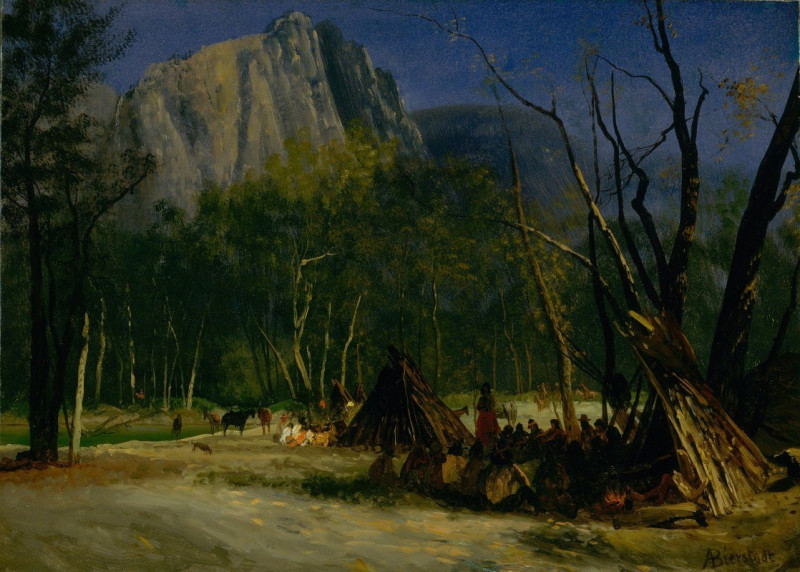Titus in a Monk’s Habit (1660)
Technique: Giclée quality print
Recommended by our customers
More about this artwork
"Titus in a Monk’s Habit" is a poignant oil painting completed in 1660 by the renowned Dutch artist Rembrandt van Rijn. This artwork features a tender and introspective portrait of a young man dressed in the humble garb of a monk. The subject is believed to be Rembrandt's son, Titus van Rijn, depicted with an expression that encapsulates a certain quiet introspection and youthful gentleness.The painting stands out for its masterful use of light and shadow, hallmark techniques of Rembrandt that accentuate the emotional depth of the portrayal. The soft illumination of Titus's face against the deeper, muted tones of the background and his cloak highlights the somber yet warm expression in his eyes and on his lips. The texture of the monk’s habit is rendered with meticulous attention to detail, lending an almost tangible quality to the coarse fabric.Rembrandt’s skill in capturing the essence of human emotion and his subtle play with chiaroscuro make "Titus in a Monk’s Habit" not only a visual treat but also a profound psychological exploration of youth, piety, and contemplation.
Delivery
Returns
Rembrandt Harmenszoon van Rijn was a Dutch draughtsman, painter, and printmaker. An innovative and prolific master in three media, he is generally considered one of the greatest visual artists in the history of art and the most important in Dutch art history. Unlike most Dutch masters of the 17th century, Rembrandt's works depict a wide range of style and subject matter, from portraits and self-portraits to landscapes, genre scenes, allegorical and historical scenes, and biblical and mythological themes as well as animal studies.

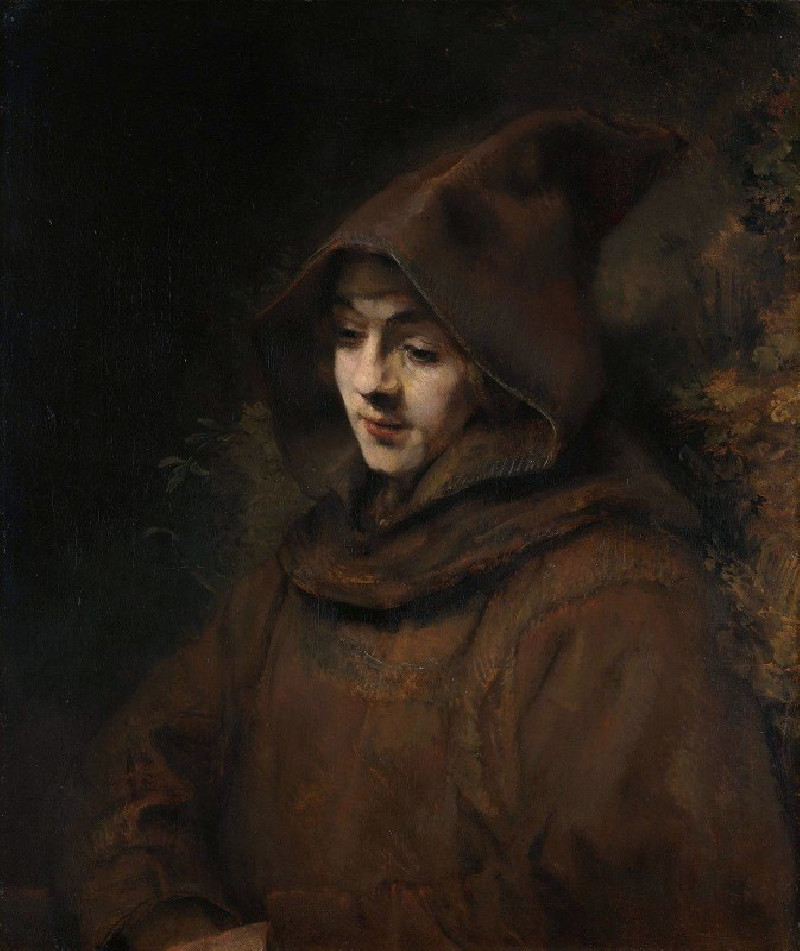
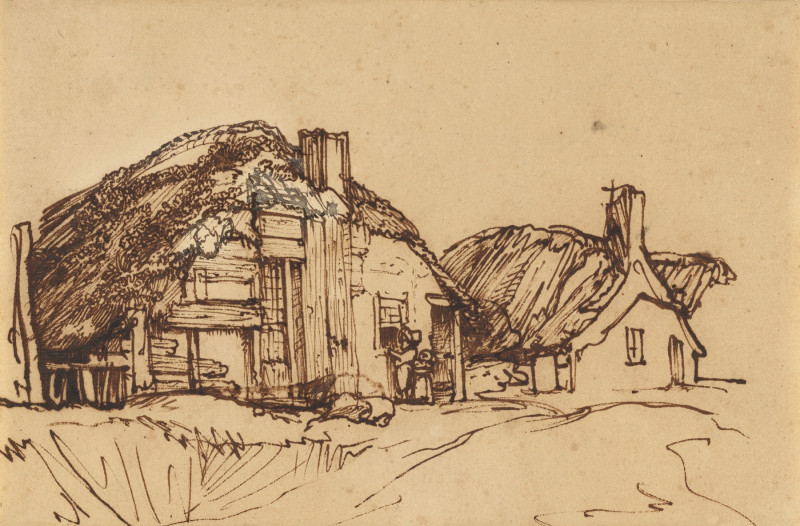
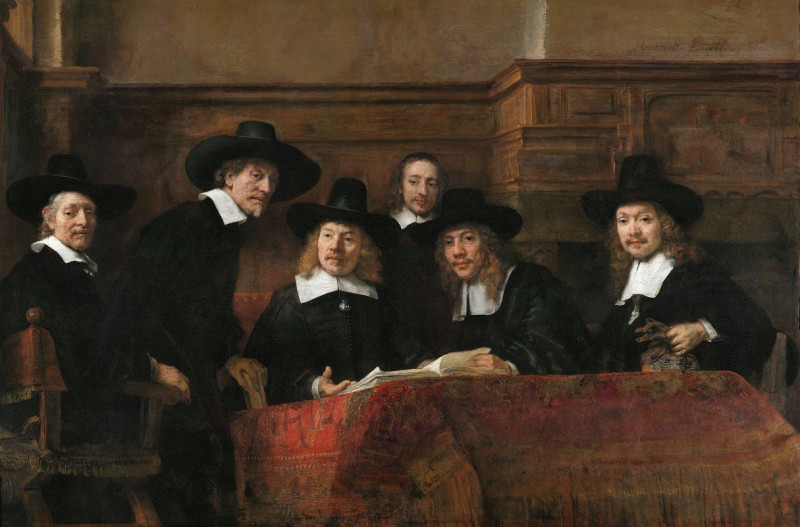
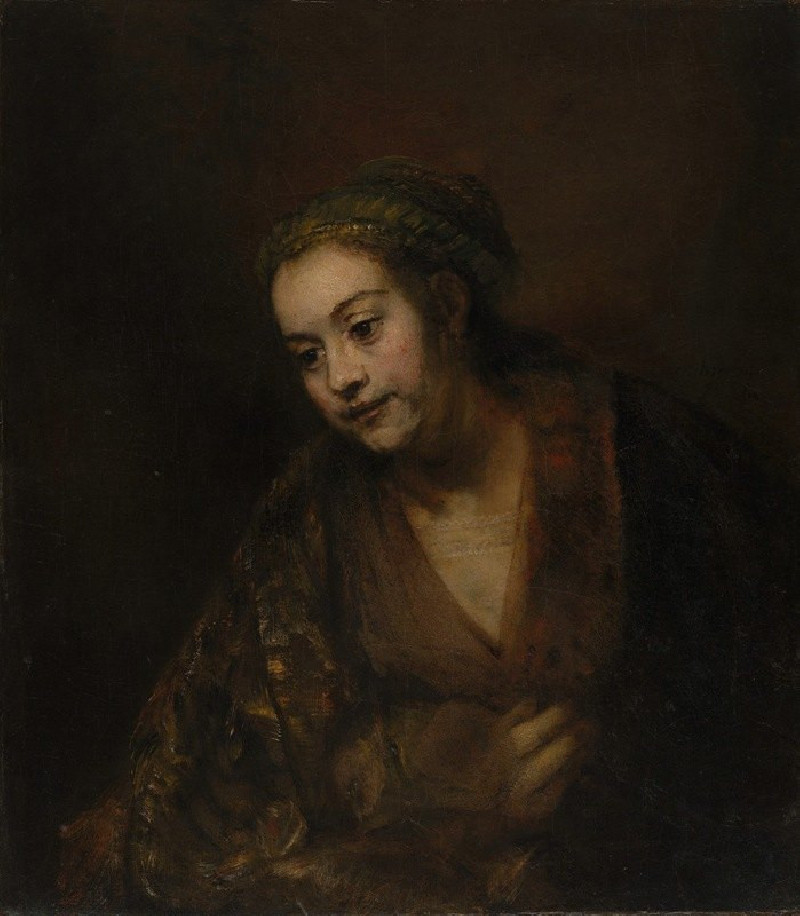
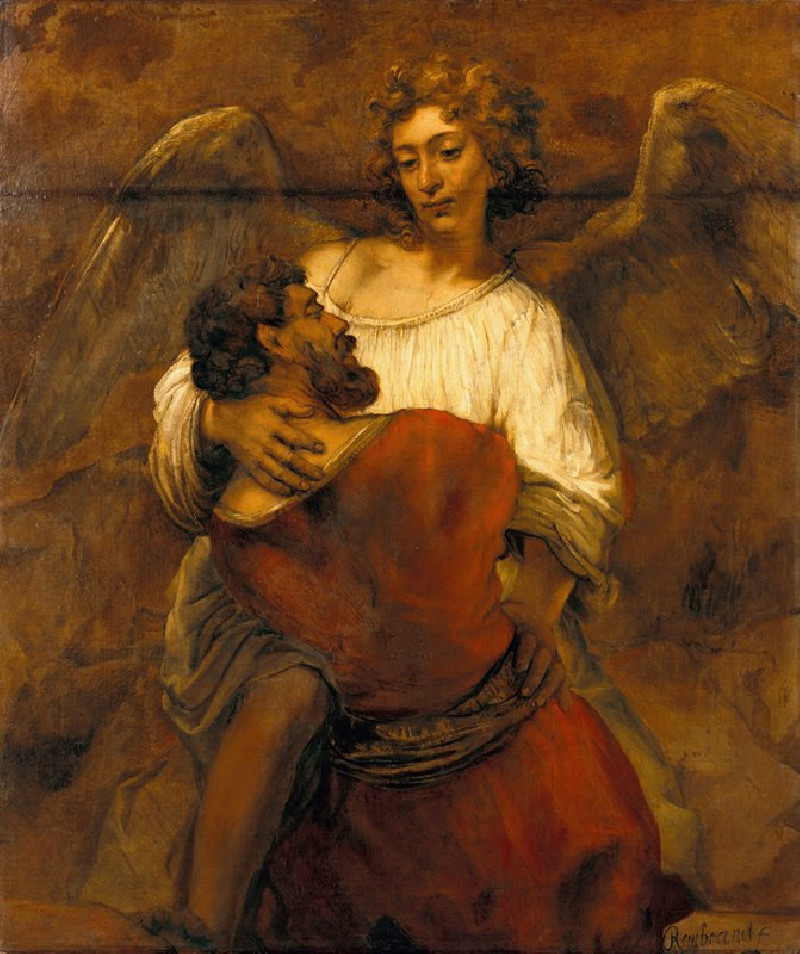
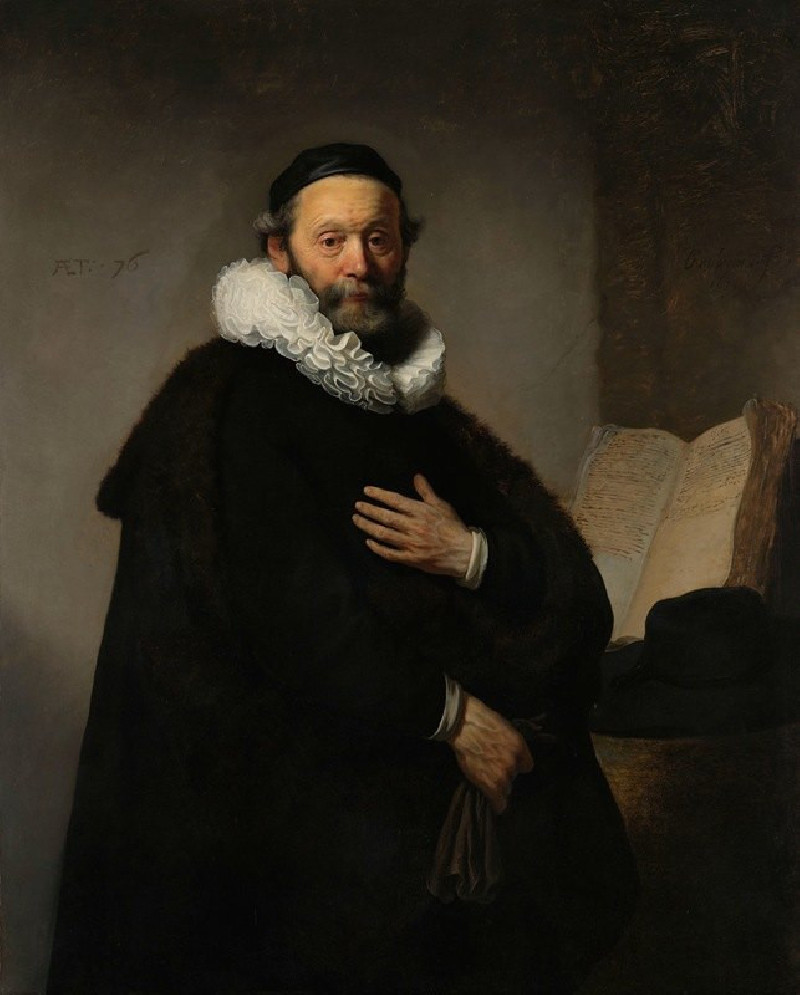
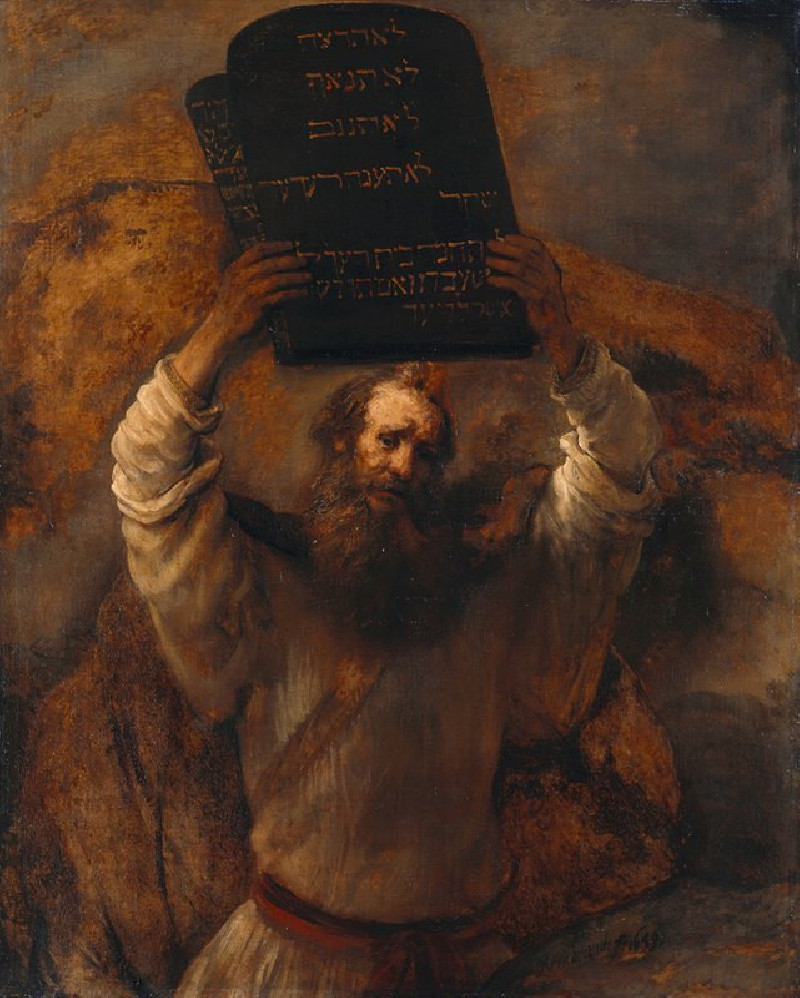

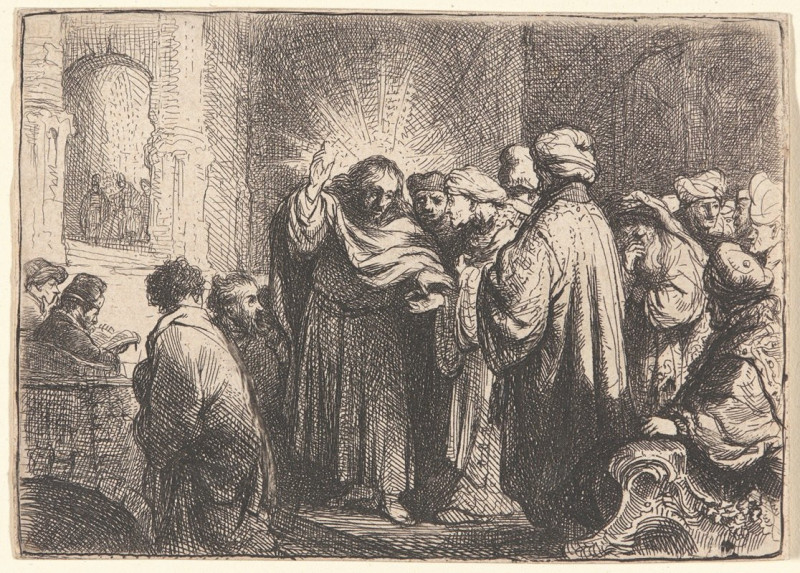
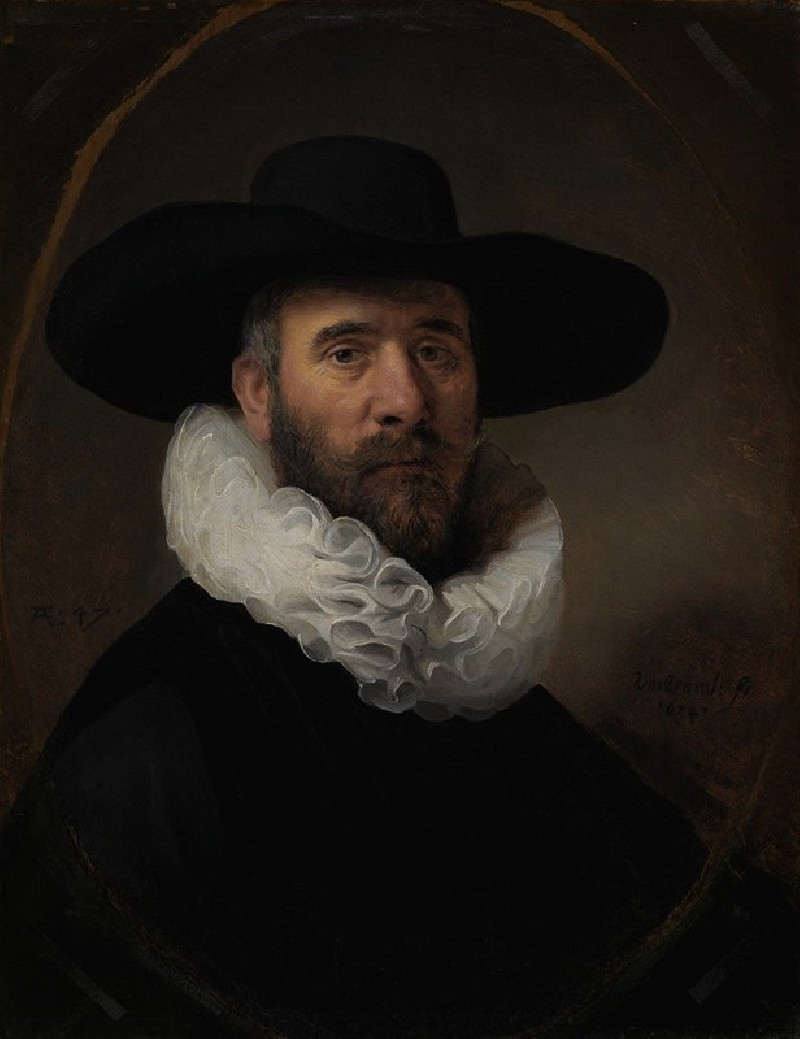
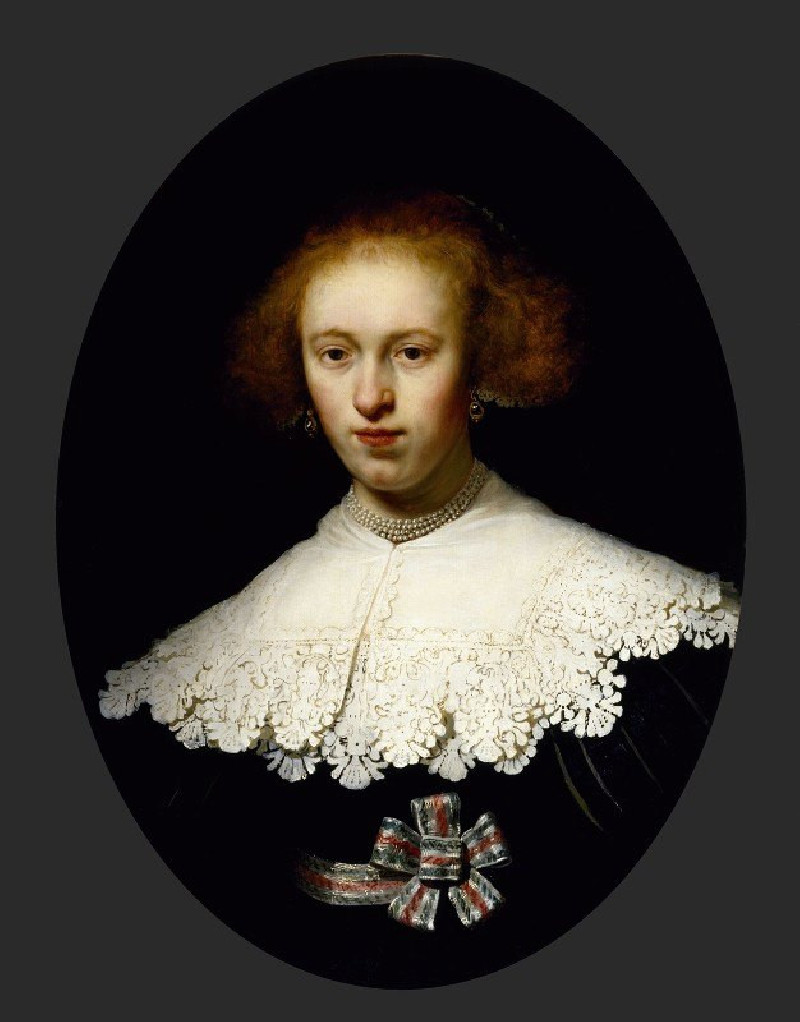
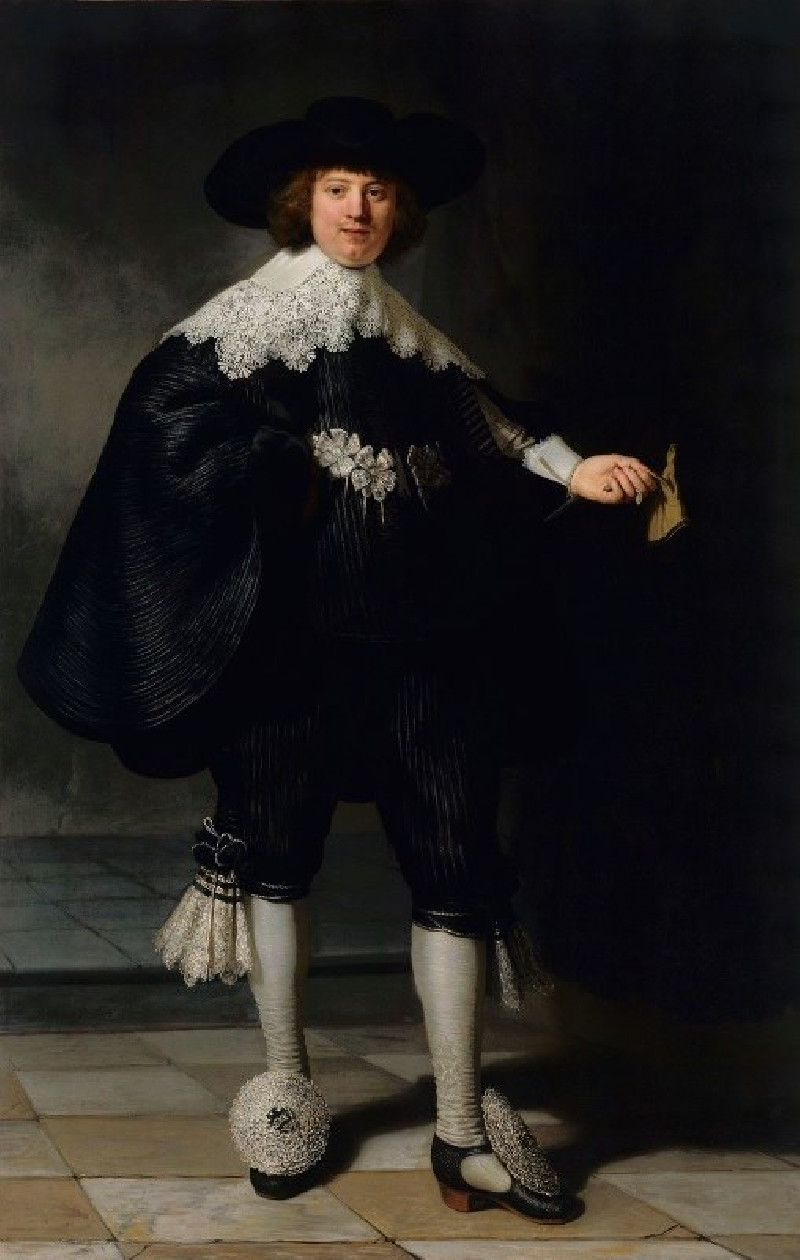
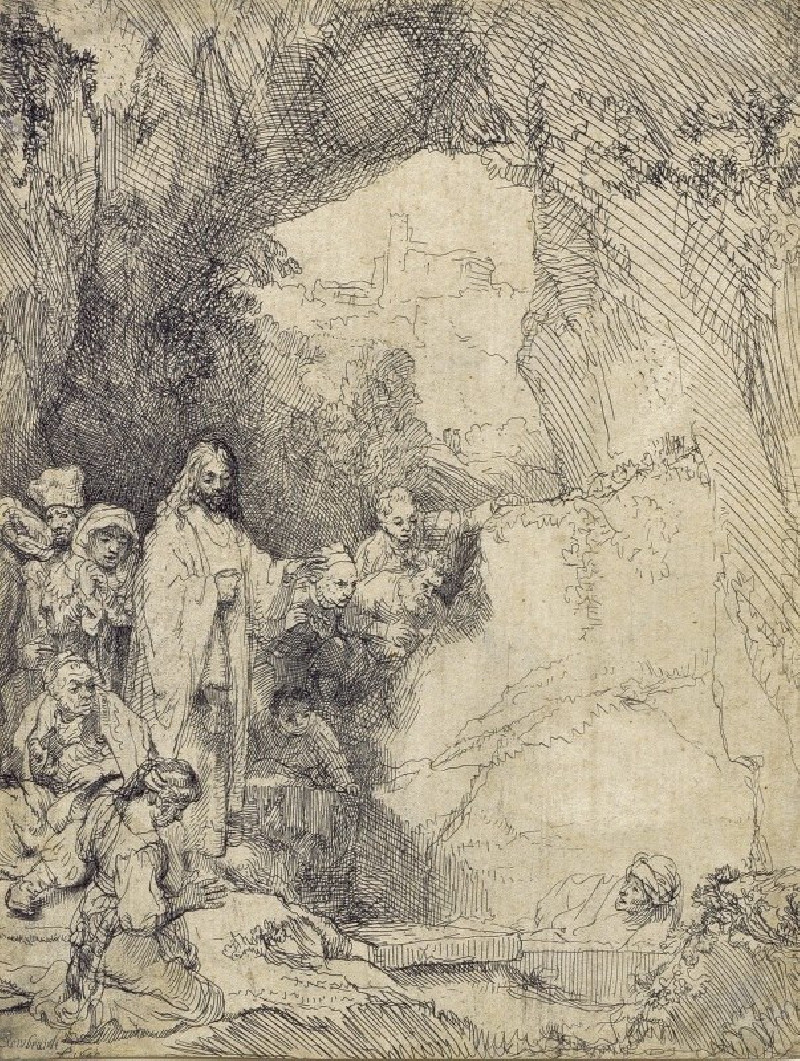
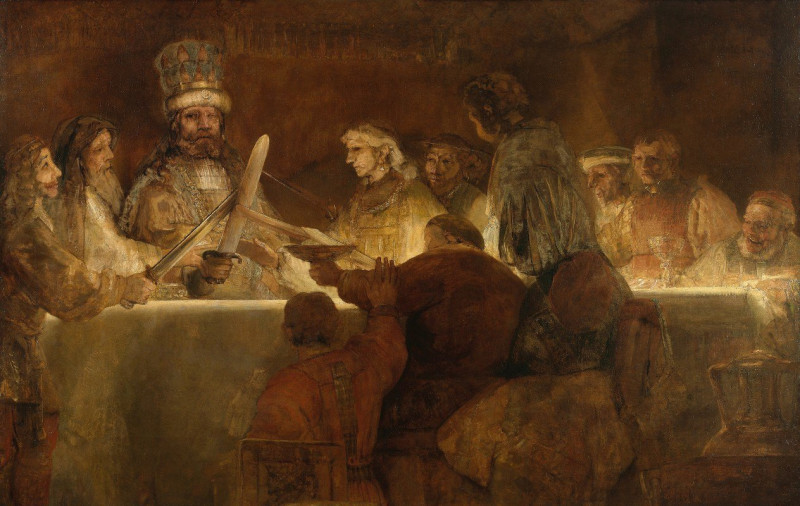
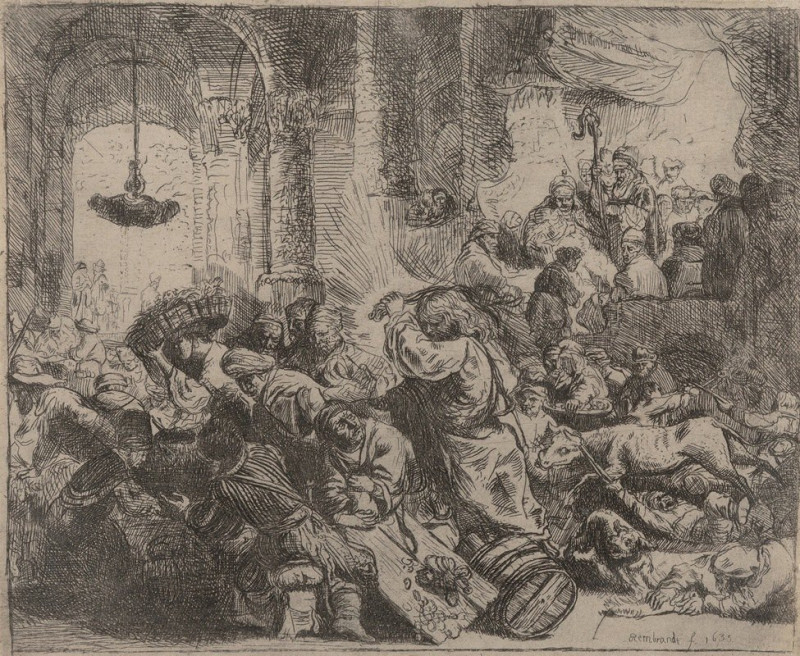
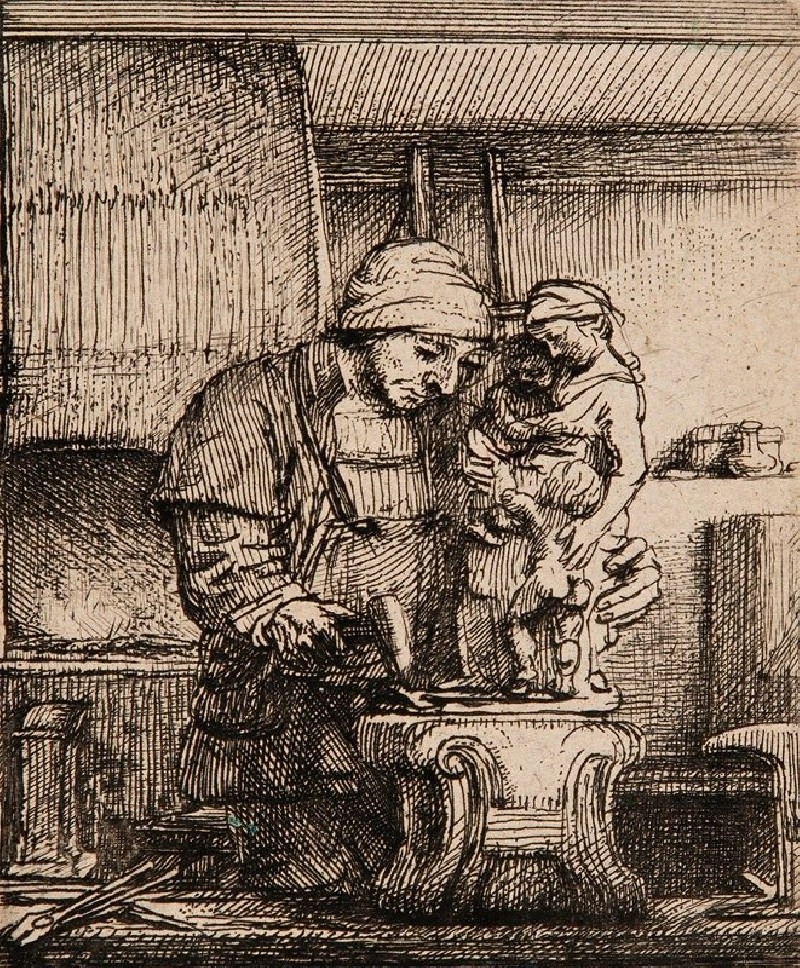
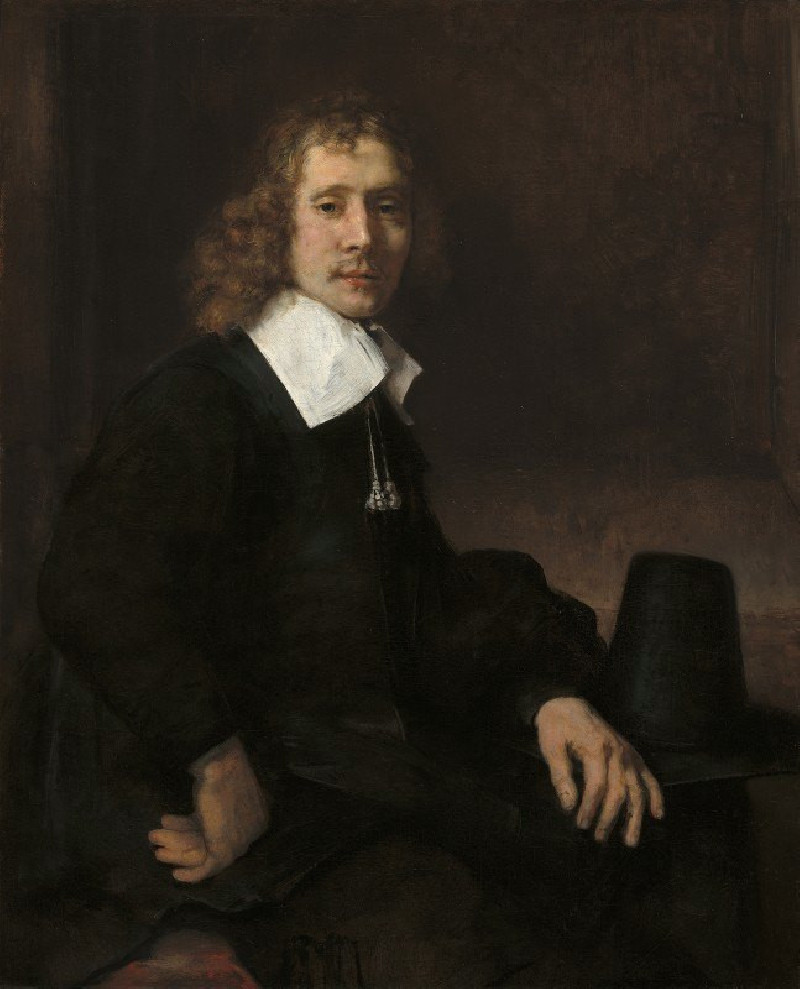
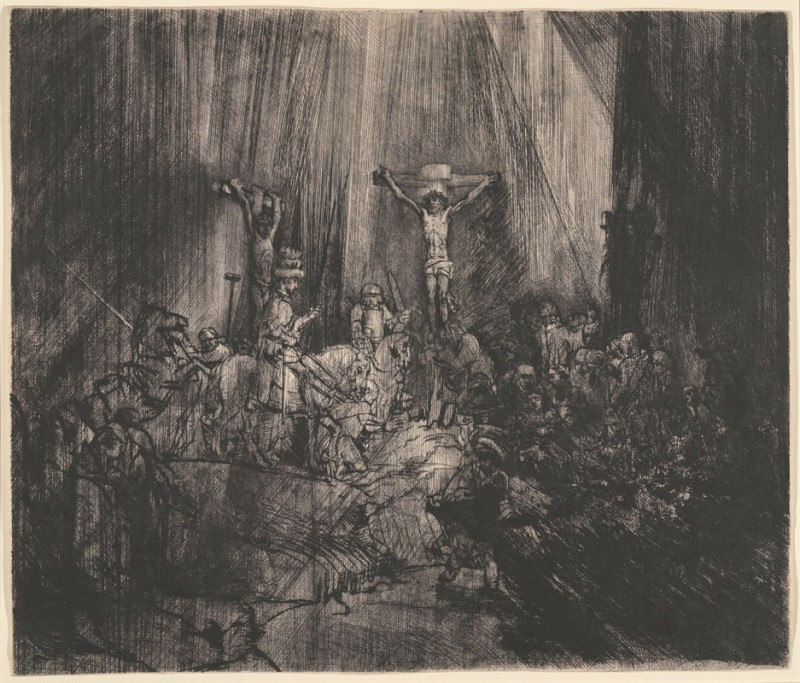
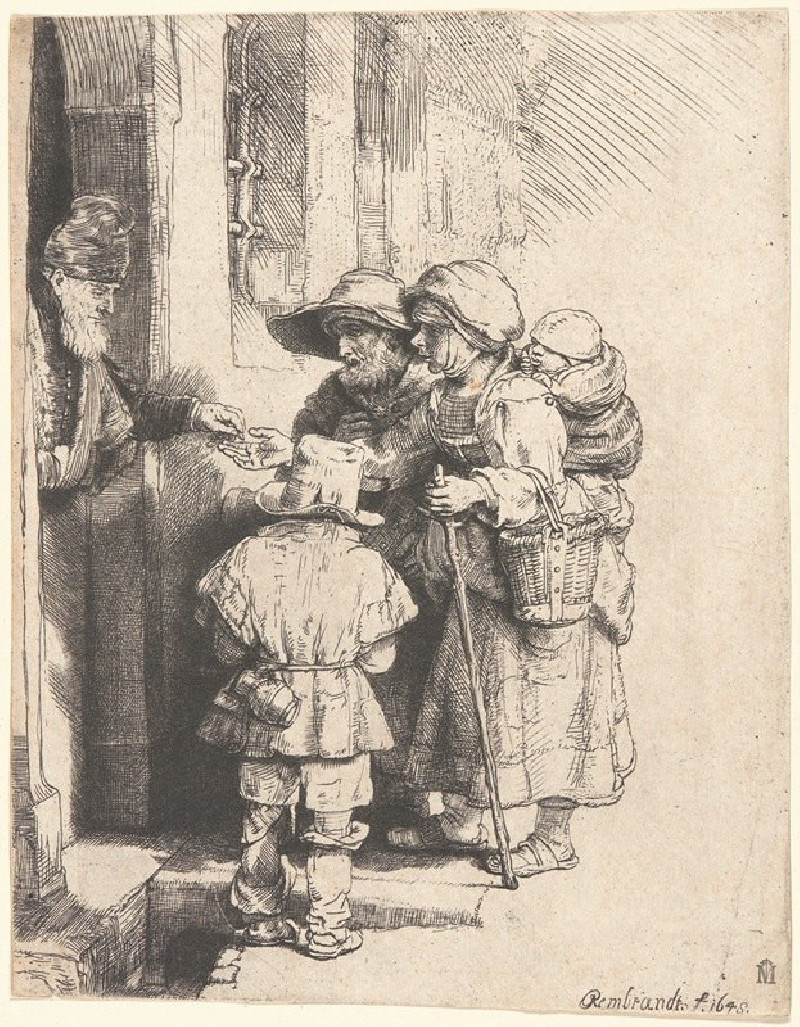
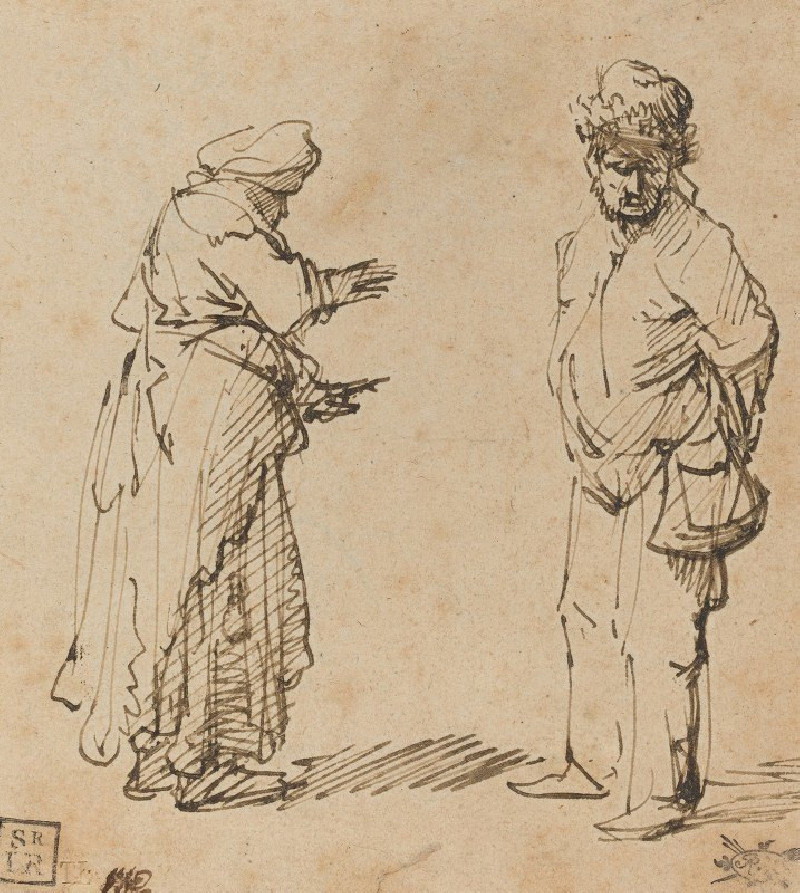
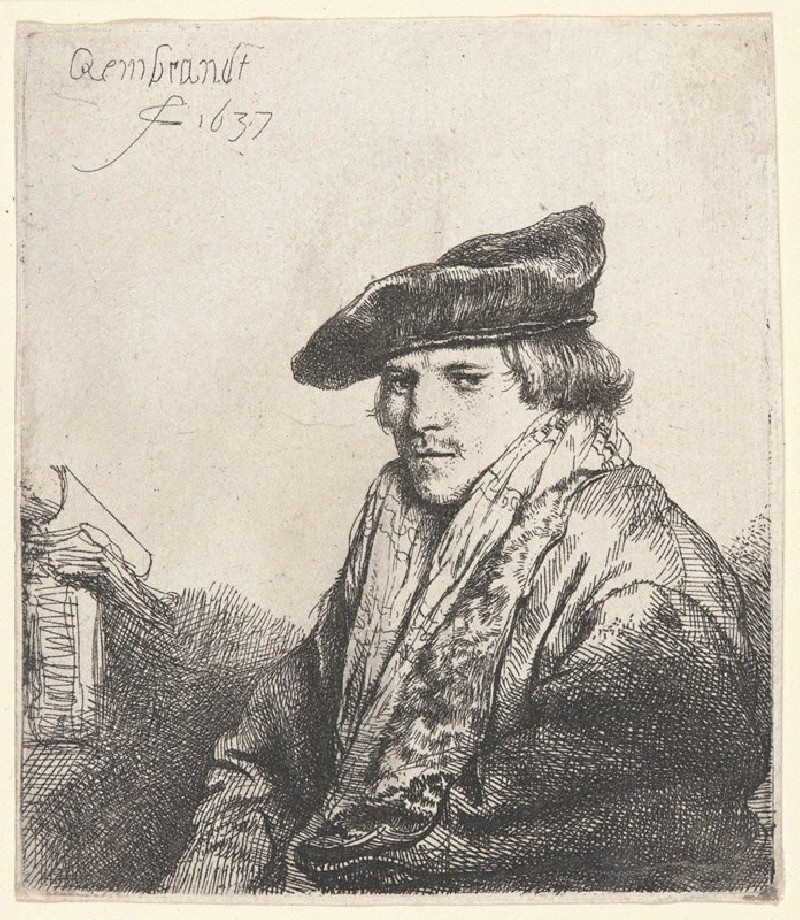
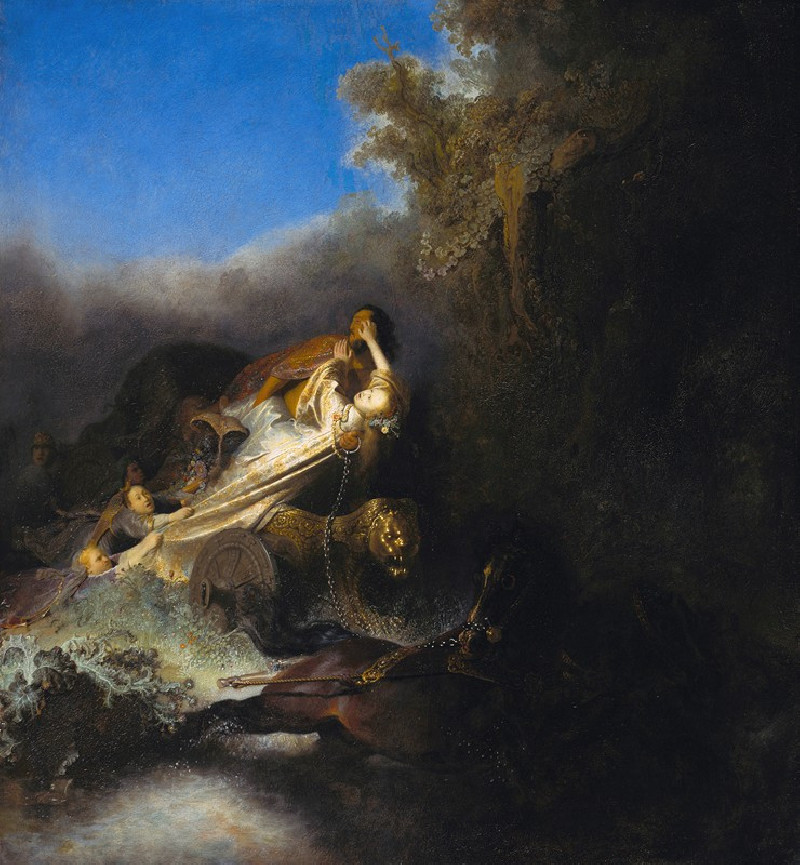
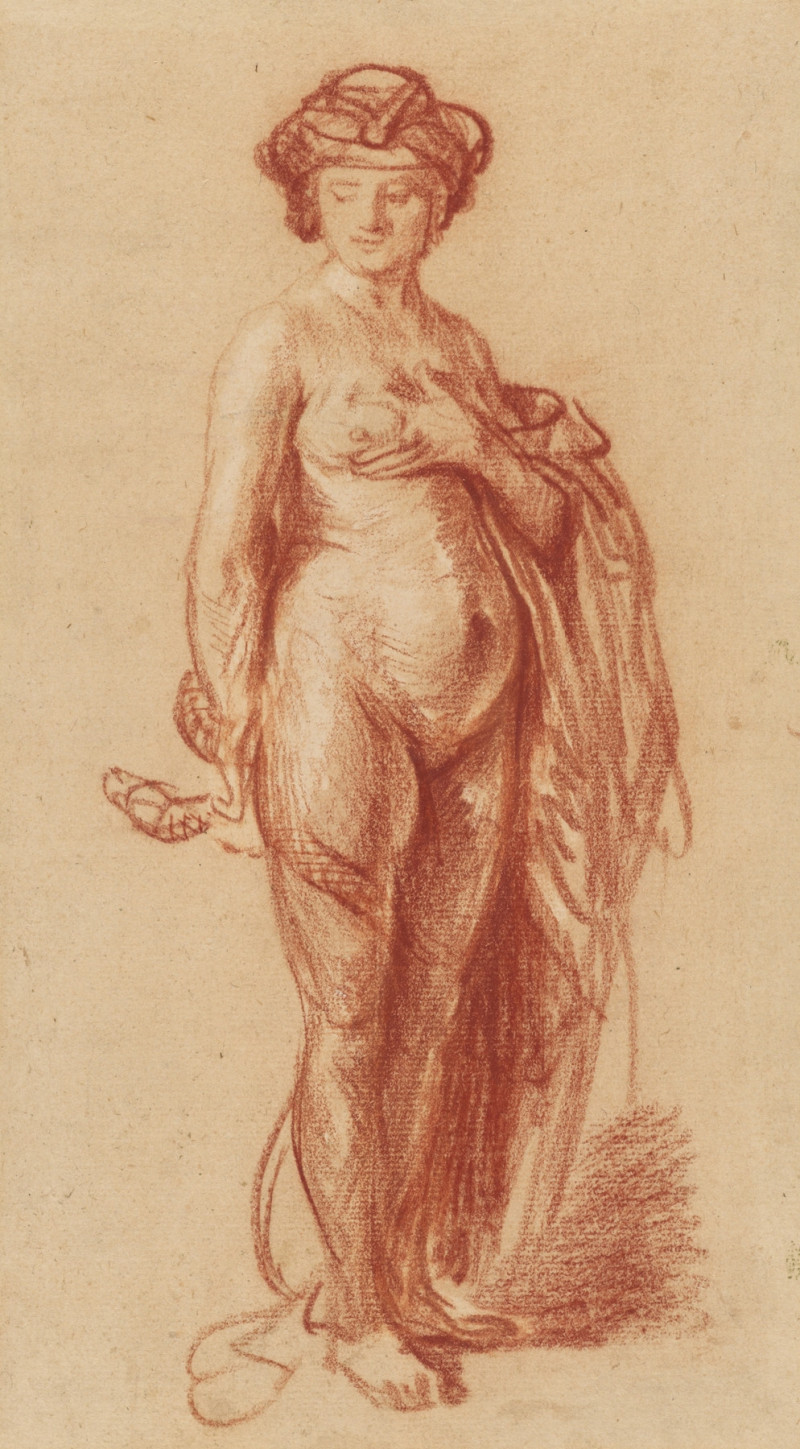
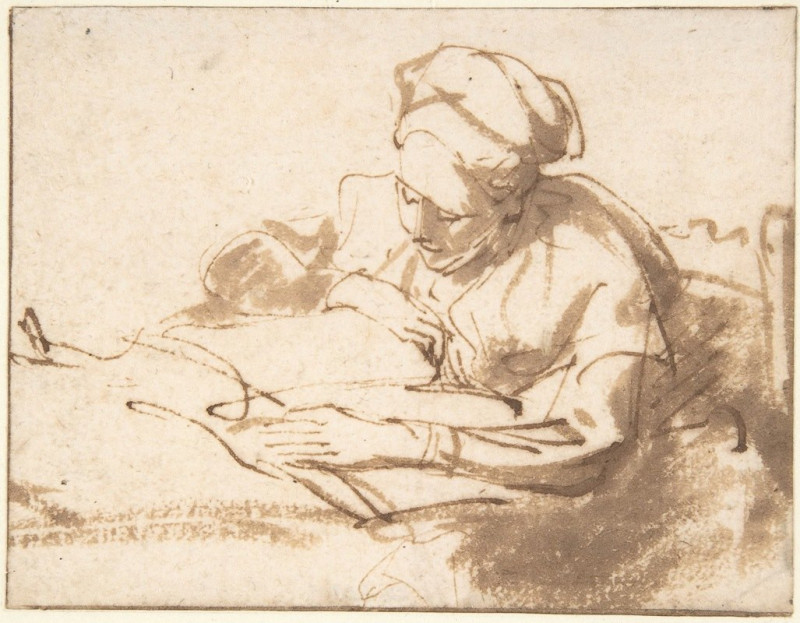
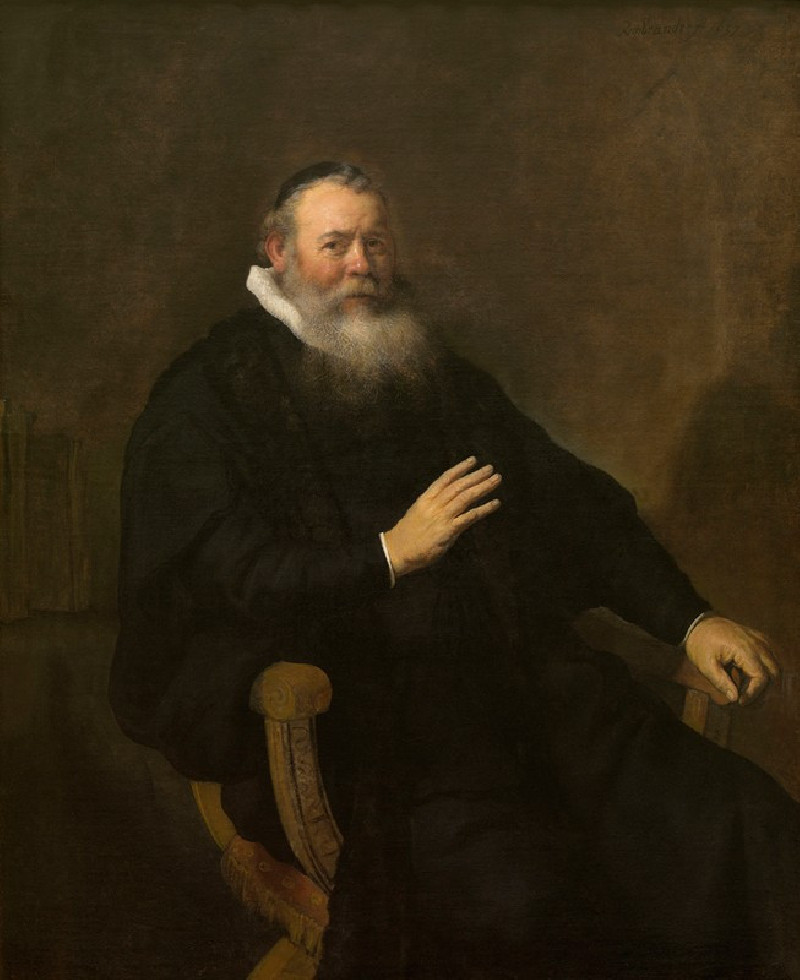
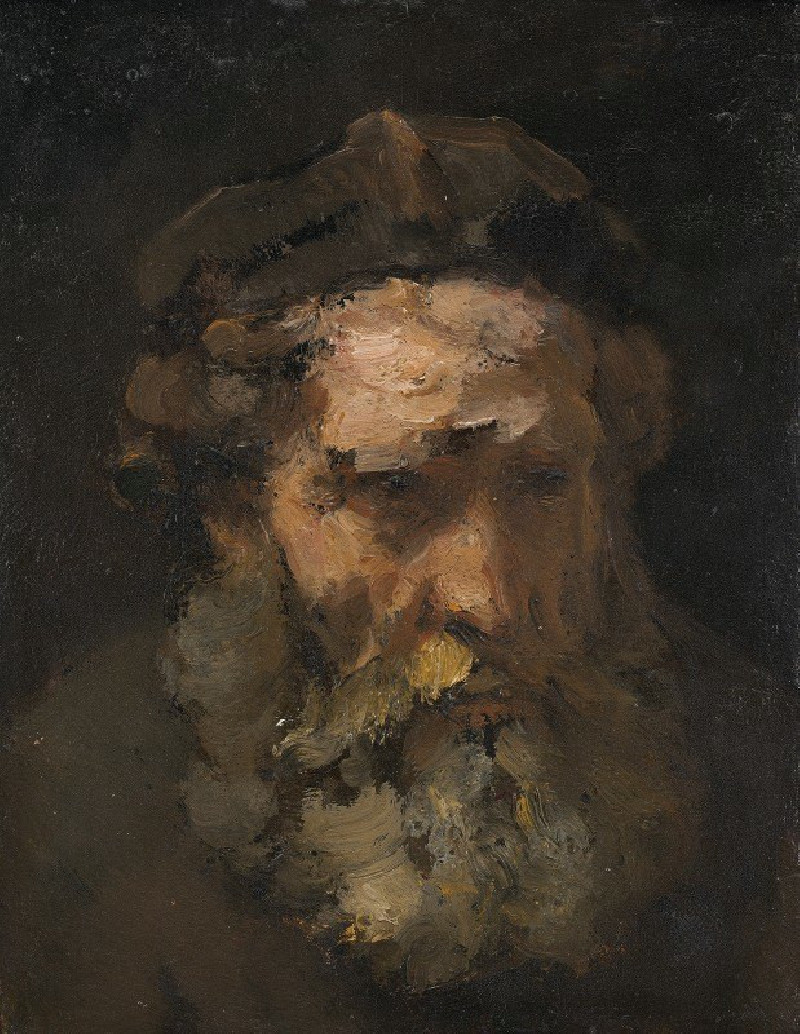
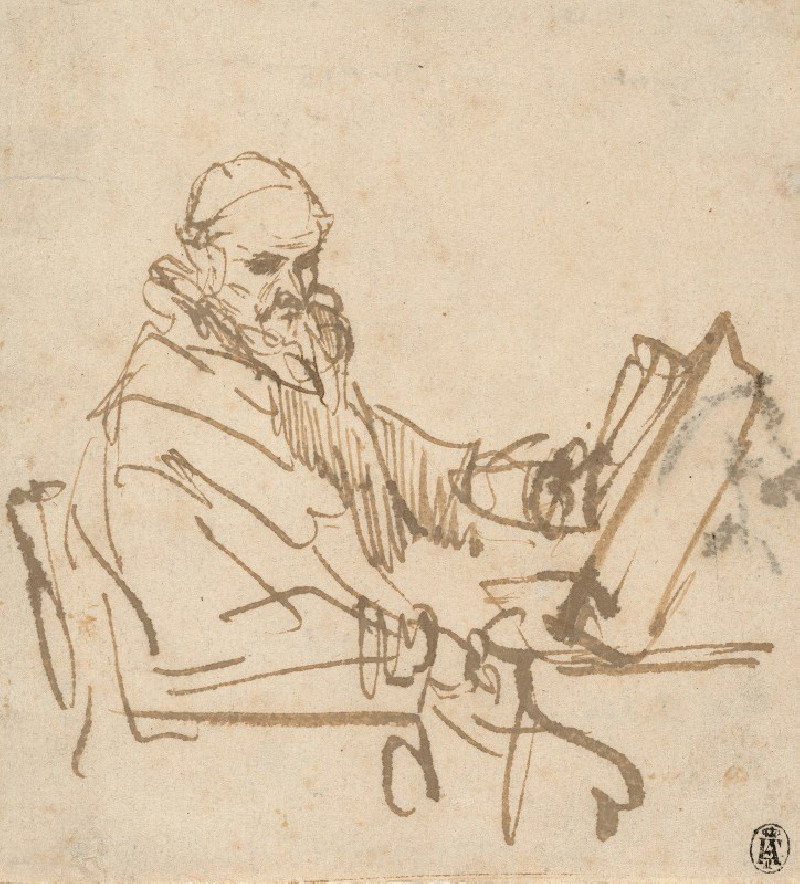
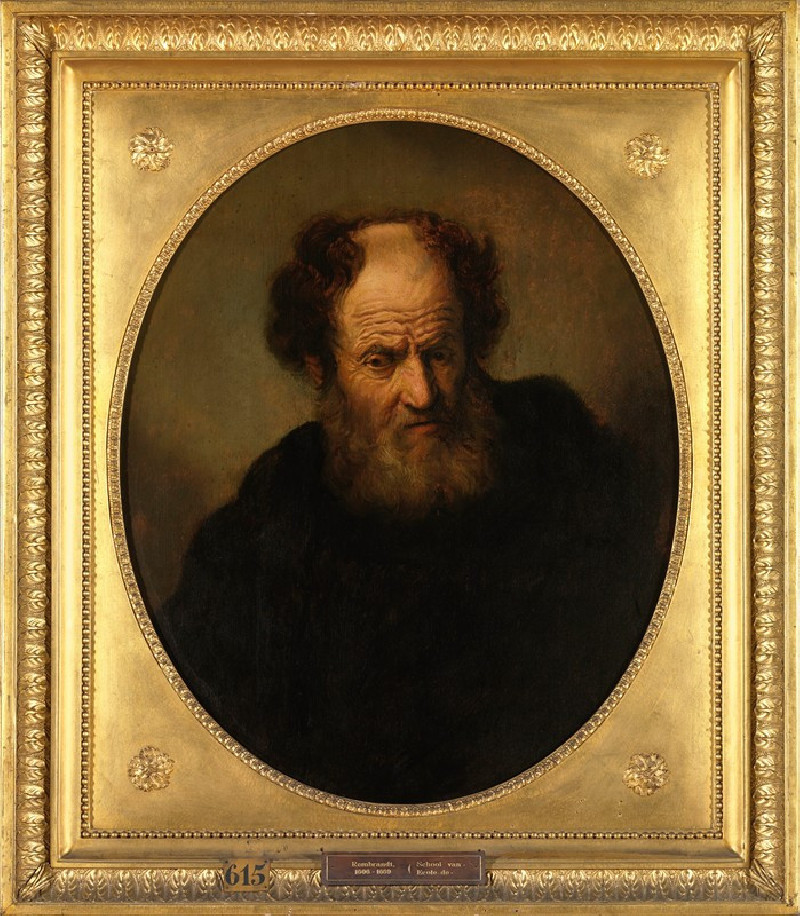
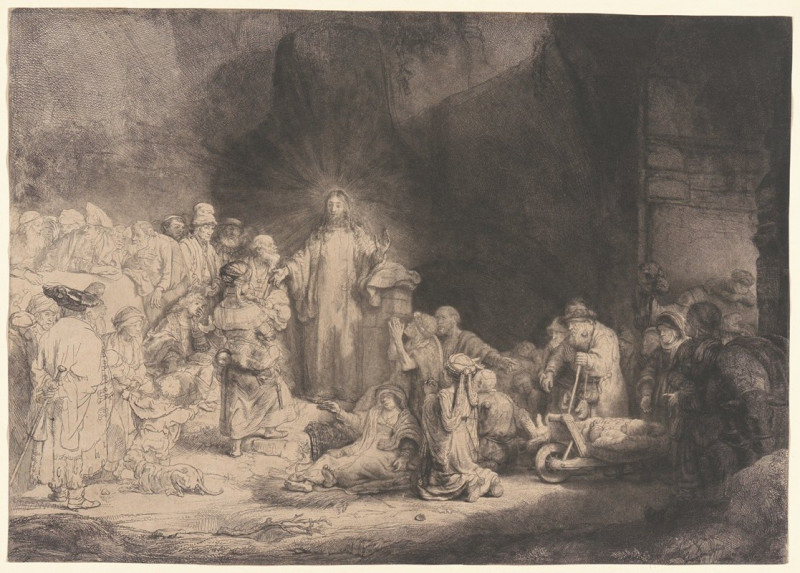
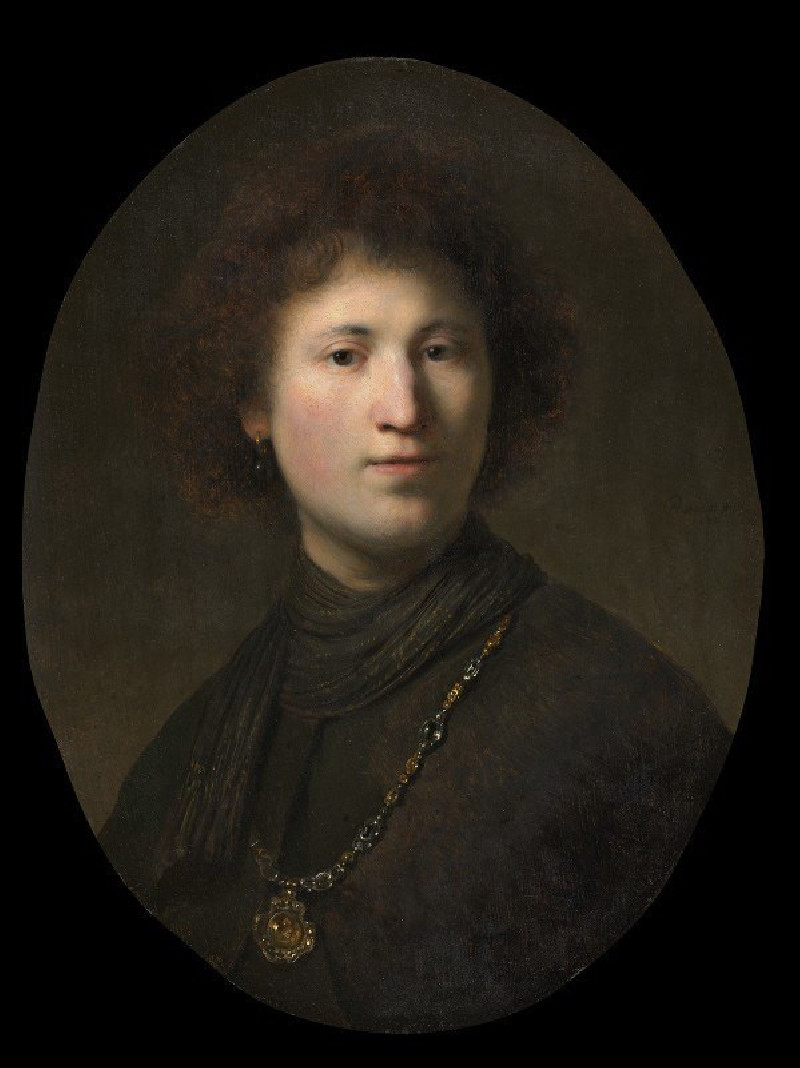
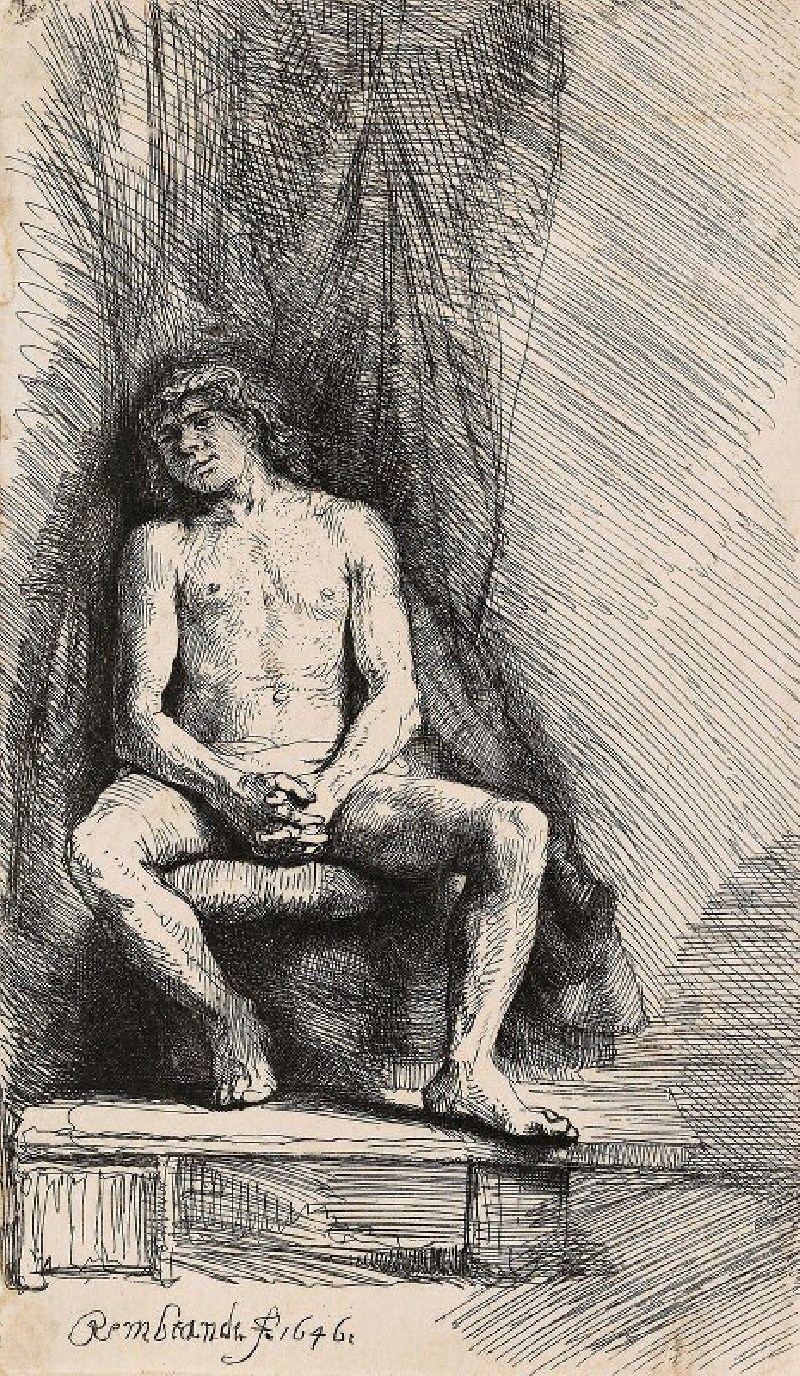
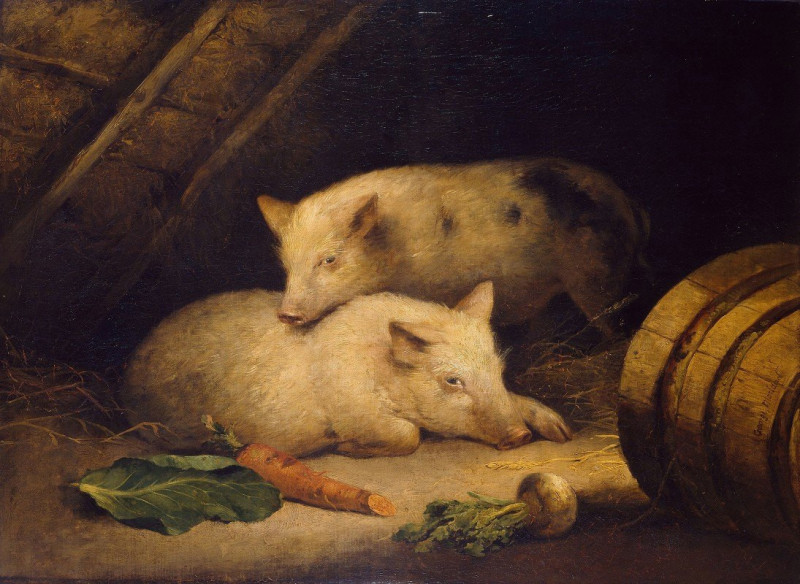
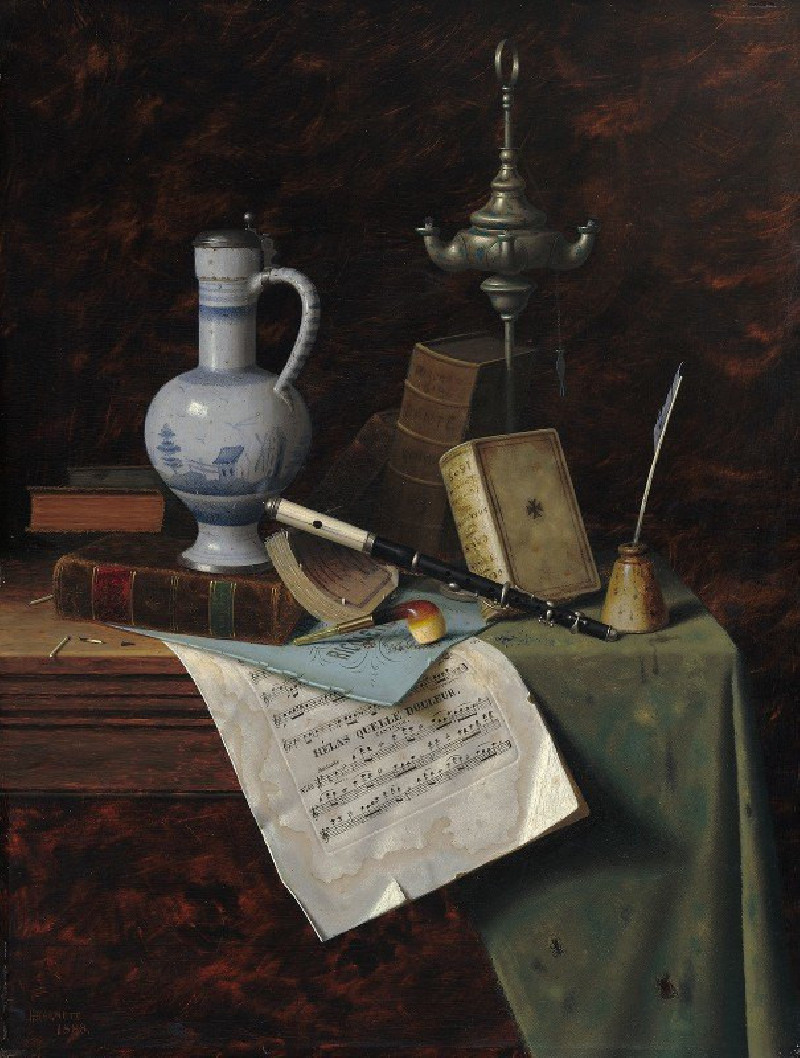

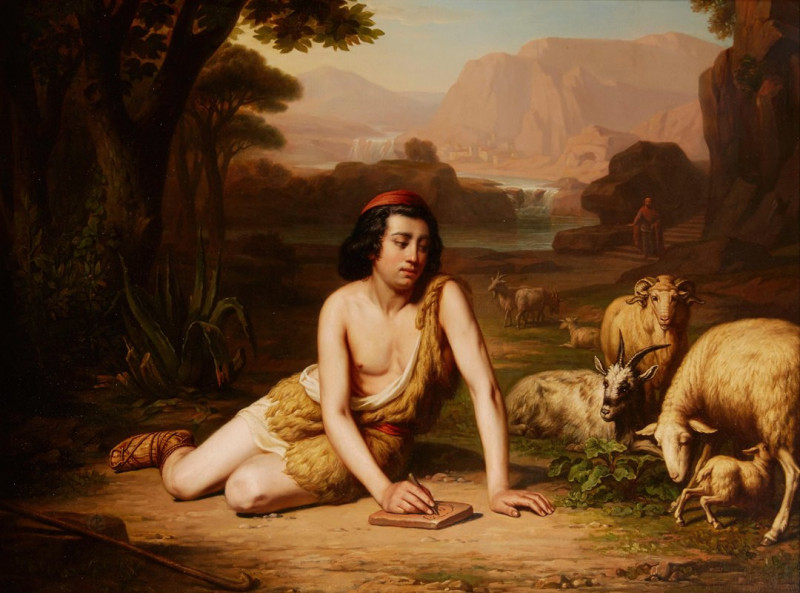
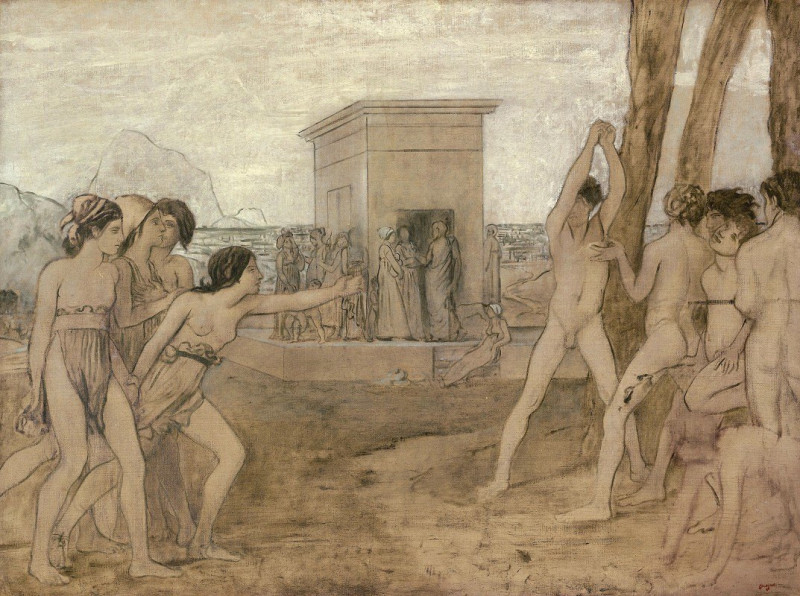
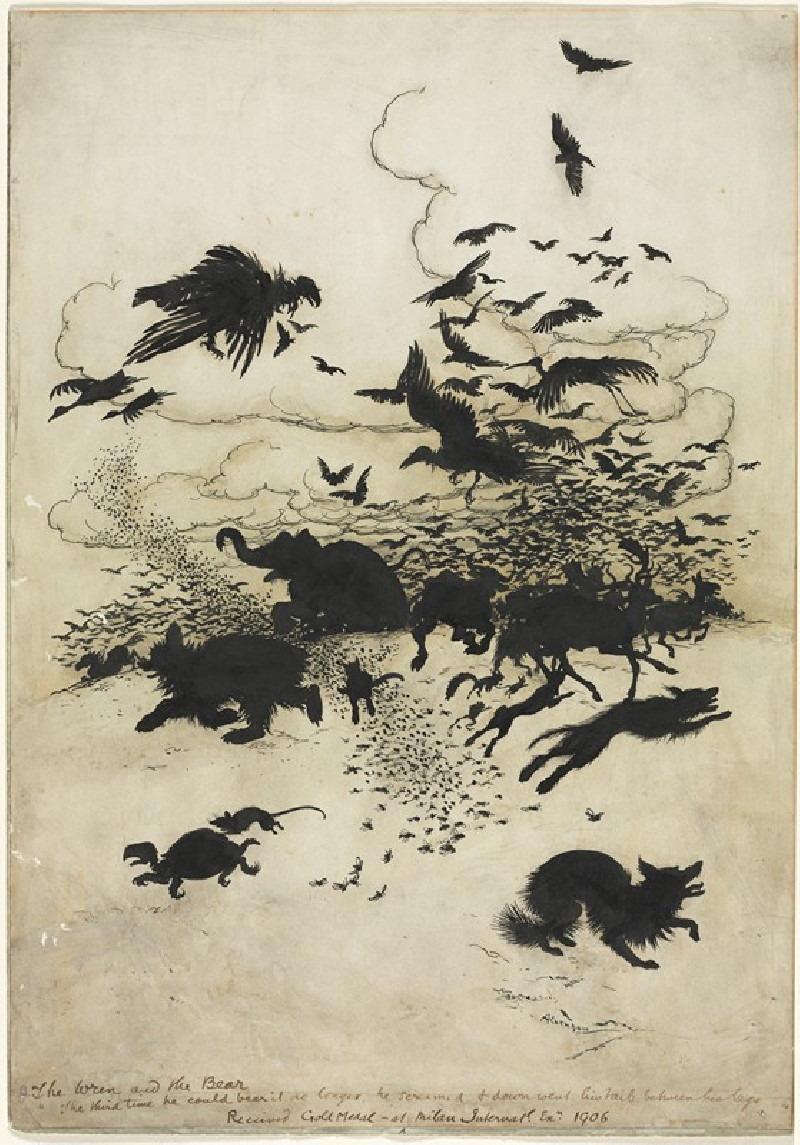
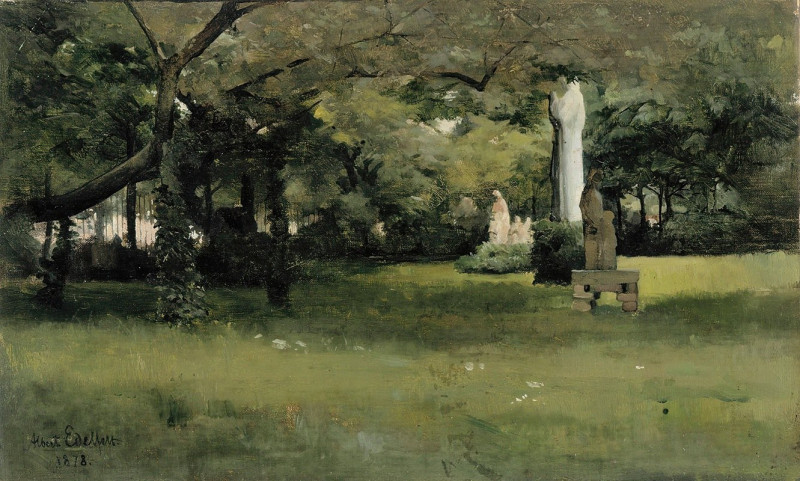
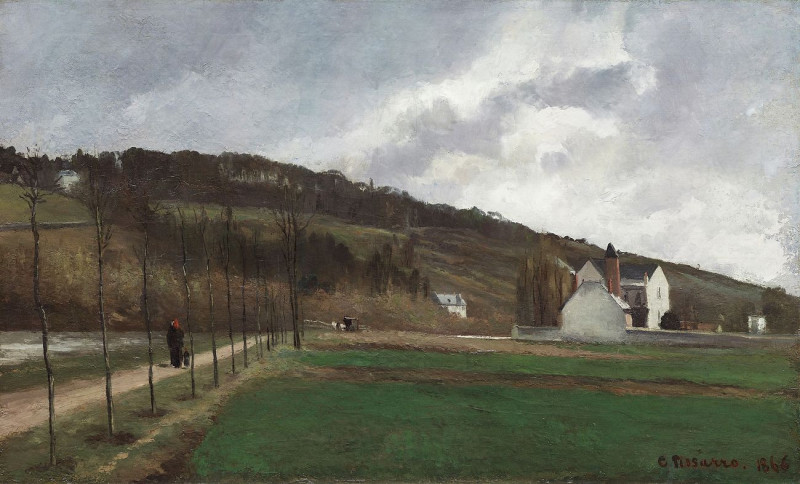

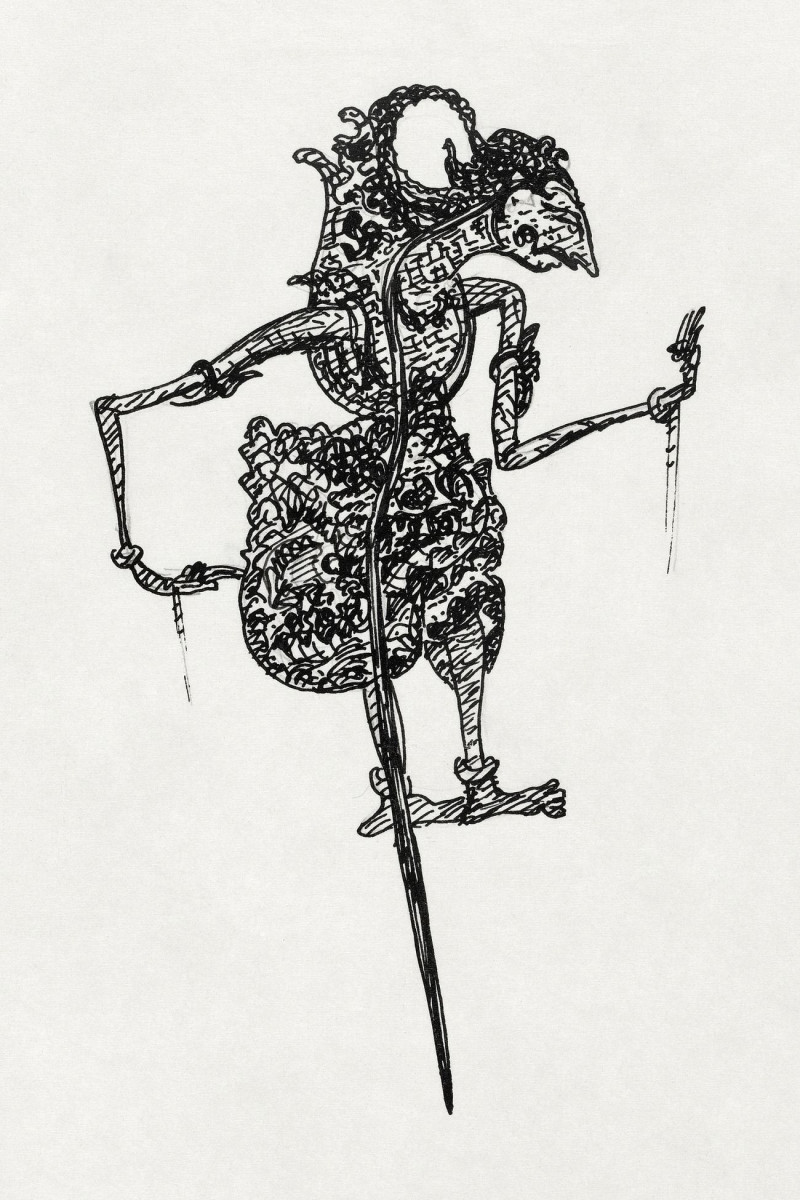
![Crinum Pedunculatum. [River Lily] (1834) reproduction of painting by Priscilla Susan Bury. ALL GICLEE PRINTS](https://reprodukcijos.lt/58219-large_default/reproduction-of-crinum-pedunculatum-river-lily-1834.jpg)
